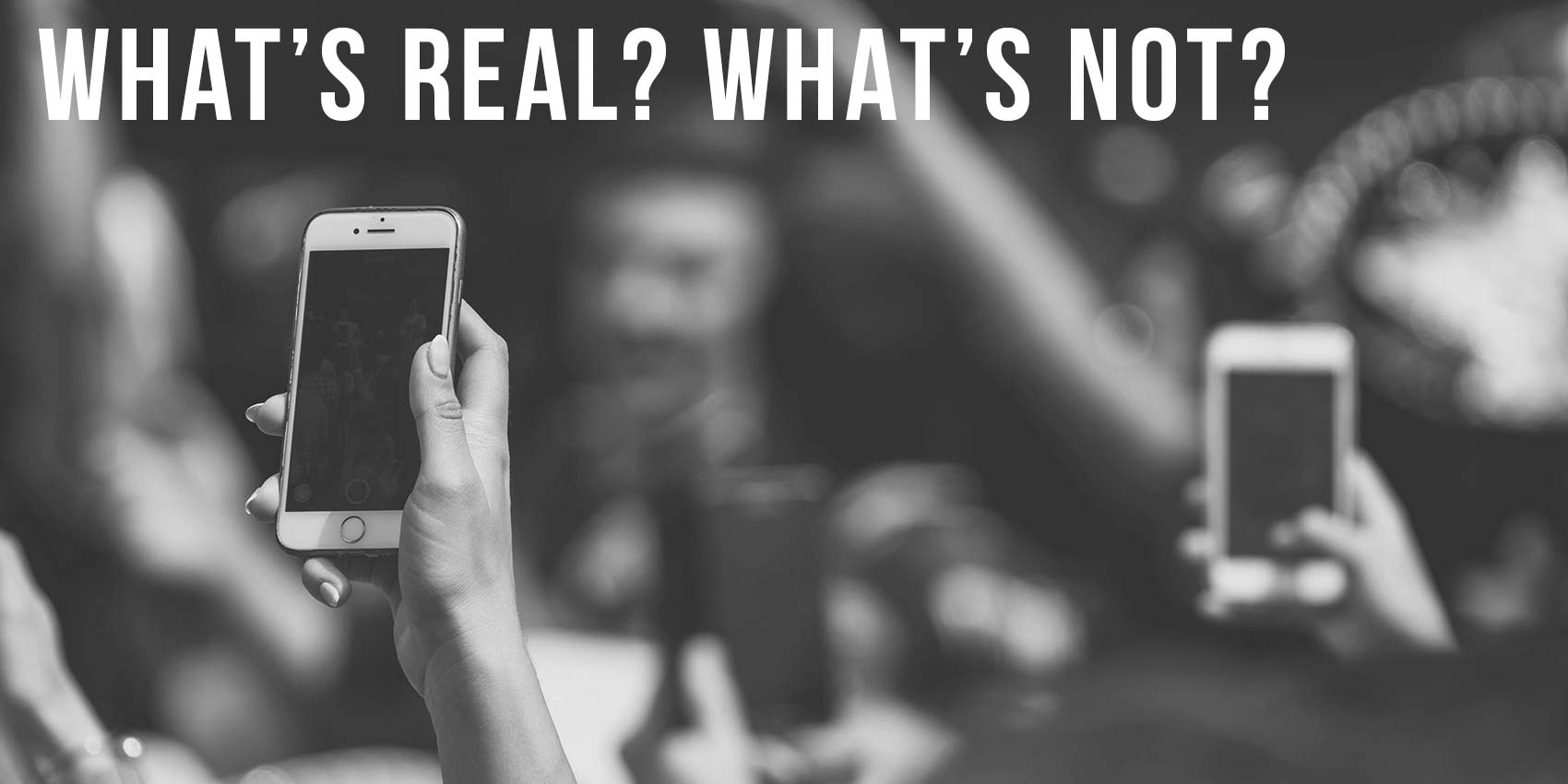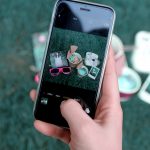22 Mar What’s real? What’s not?

Mindful use of technology also means being aware that not everything you see online is real or truthful. Photos are altered, news is often slanted, many posts provide false facts, robots pretend to be people—the line between what you can believe and what you can’t is often very hard to find.
Let’s start with the more innocent false postings—meaning ones that deceive people but aren’t posted with the intention of doing harm. When people post things on social media platforms like Facebook or Instagram, they are often posting moments in their lives that make them happy, moments that are exciting, events that they think are cool—in short, they post “the good times” and not the bad. This can give viewers the false impression that other people’s lives are so much better than theirs. In fact, research has shown that looking at someone else’s Facebook page is likely to make you more depressed. But on the flip side, looking at your own Facebook page tends to make you happier. Why? Because you post the best things in your life! But, people often forget when looking at other people’s pages, that other people are doing the exact same thing—posting their best times. Therefore, people tend to compare their lives to the wonderful things they see on other people’s pages and they feel like other people have more exciting or fun lives.
Likewise, almost 100% of photos posted by celebrities are photoshopped. Indeed, many teens report that they often photoshop or alter their own photos in some way. This means that the images you are seeing are not real. They are not what someone actually looks like. Unfortunately, our minds did not evolve to be able to distinguish between images that are real and not real! So when your brain takes in an image unless there’s something really “wrong” with it (like a horse head on a man’s body) our minds will read the image as truthful. But many of the pictures posted on social media are not. For many people, seeing the false images of other people hurts their own self image. The people viewing the photoshopped images think to themselves Why don’t I look like that? The answer is simple, Because that person doesn’t really look like that.
Not only are images not real, some people are not real. What? How is that possible?
Just like people can fake how they look with photoshop, they can also fake who they are. They will pretend to be your best friend but are only looking to gain your trust so that they can get you to give them money or some type of favor or even sex.
This is why “friending” people on the internet that you do not know personally or that your close friends do not know personally is dangerous. YOU SHOULD NEVER ACCEPT FRIEND REQUESTS FROM PEOPLE YOU DON’T KNOW. If you don’t know the person, you don’t know his or her intentions. And those intentions, sadly in today’s world, could be dangerous for you. So please consider why you would ever accept a request from someone you don’t know.
Often teens like to have more followers and more friends believing that that gives them more status. If you make your living off of the internet and social media, more followers is important. But as a teen more followers is not worth your safety. Speak to your parents about the rules your family advises for accepting friends and followers (and check out the below tips for handling your online presence).
Unfortunately, some real people tell you fake things. That’s a bummer. But so is this: there are also robots that pretend to tell you real things, but many of those things are fake. They are called “bots” and they are just looking to capture your attention. Have we got yours? If so, check out the next sub-post….




Post Question:
How do you know when to friend someone and when to decline the offer?
Answer the post question here
What's being said